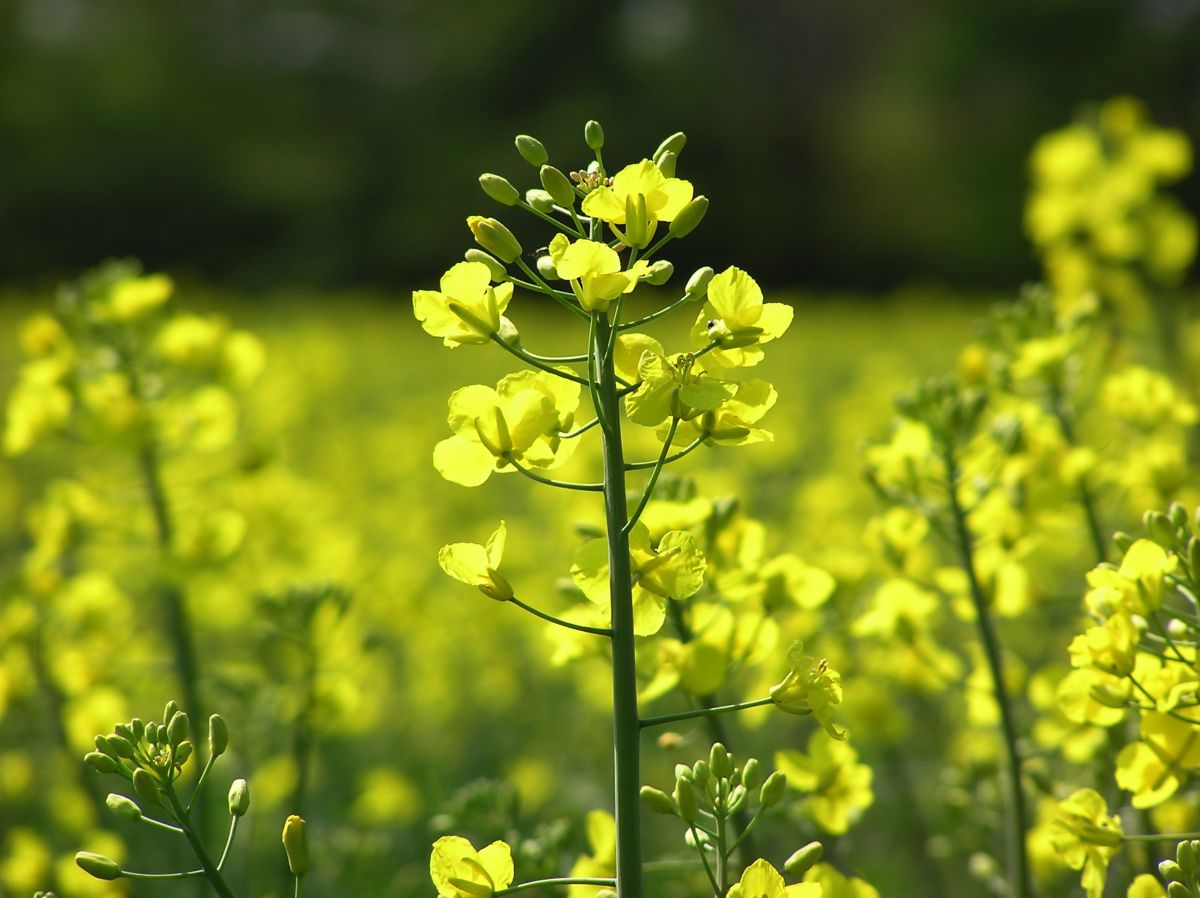
Great Britain is on course for another decline in the oilseed rape area, to the lowest area in 13 years, according to new figures published by AHDB.
The 2017 OSR area is predicted at 557Kt, down 4% compared with Defra’s estimate of the 2016 area.
This would be the fifth consecutive fall in the OSR area but it’s expected that there will be key regional differences.
For instance, there has been a dramatic decrease in the east of the country, a 28% decline attributed to cabbage stem flea beetle damages, and a lack of moisture which hasmade establishment difficult.
In other areas of the country (the Midlands, South and Scotland), however, the area sown to oilseed rape has increased.
Millie Askew, AHDB Cereals & Oilseeds analyst, said: “The increase in these areas is likely due to the rise in oilseed prices, making oilseed rape an attractive break crop in areas of the country where the conditions are right.”
Both winter and spring wheat combined are predicted to fall 1% on last year to 1.8 million ha, down 4% on the five-year average. Grass weed challenges are the main limiting factor on many farms.
Results from the survey also show that Great Britain may be on track for the second largest spring barley crop on records going back to 1997, behind 2013 which was driven by poor conditions in the previous autumn.
Following the trend of recent years, the area planted to spring barley continues to rise, and is predicted to be 17% higher for harvest 2017 than harvest 2016, at 799,000ha.
Ms Askew said: “The survey suggests that this increase is in areas of GB most affected by black-grass. But also some farmers will have been influenced by poor winter barley yields for 2016. However, it is possible that if the price of wheat continues to rise above barley, some of this area could be sown to spring wheat instead of barley.”
Estimated crop areas for harvest 2017:
• Winter and spring wheat down 1% to 1.8 million ha, and 4% down on the five-year average
• Winter barley to fall 10% to 397,000ha
• Oats area predicted to fall 8% to 130,000ha
• Oilseed rape area down 4% overall to 557,000ha, although the area is up in some regions of GB
• Pulses are down 6% to 216,000ha, though still well above the five-year average
Data for AHDB's Early Bird Survey is taken from 262,500ha arable land across the whole of England, Scotland and Wales, and was carried out by the Andersons Centre and the AICC.
The survey measures cropping changes from harvest 2016 to the current growing season and plans for late autumn and spring drilling.
